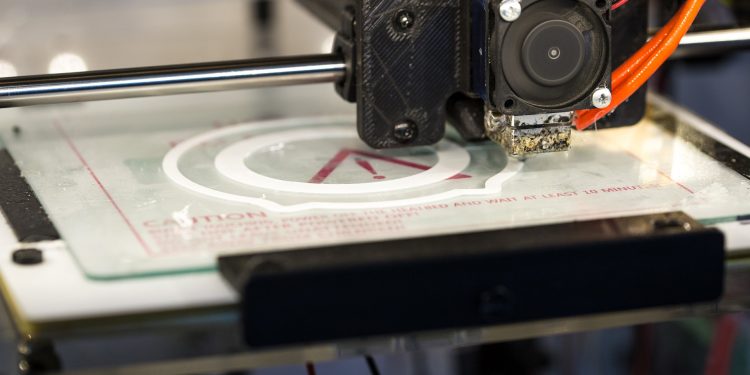Stereolithography is a process invented by Charles Hull that produces a tangible 3D object from digital information. The designer create a 3D model from a picture and users can test a design before investing in a larger quantities. There are very thin slices digitally cut from the model. The size depend on the shape desired for the end product. Most raw material are plastics. Others can be metallic, steel or aluminum. It is loaded into the machine and melted to boiling point. It is then placed layer after layer until it is completely printed.
3D wholesale printing has become a popular business venture today Consumers have grown tremendously for the last 10 decades. If you own a 3D printer you can print anything. It is commonly used in the gaming industry. If you love both 3D printing and gaming then click here to see offers for you.
Tinkerers and Tinkering
The good thing about 3D printing is that it is not hard to learn or operate the machines. Tinkering is a process where a designer futz or plays around casually with the product design hoping to improve or repair it. The person who does this process is called a Tinkerer.
Benefits of 3D Printing
- Complexity has been simplified. Years ago, it wasn’t possible to produce some components with extreme geometric complexity using traditional methods. Today, there is very little to nothing you can’t compose with 3D printing.
- Reduced wastage. The raw material used is mostly what is left of finished products. Even the raw material can be recycled hence little or no wastage at all.
- Labor cost reduced. Several machine can be run by one operator hence multiple production and low labor cost. Different processes like milling and welding are done by one machine which seats on a small space saving utility bills and production time.
- Originality and creativity upheld. In the past, designers struggled to get their ideas on paper or a computer into reality. Mostly, they gave up since it was hard to create such imaginations with the available tools and machines. Today, customers can have a custom-made product created from their own ideas.
- 3D printing uses prototypes. Keeping them and retrieving for future use was hard. Today, a designer can compose different types of prototypes, store them in one computer, redesign them and keep originals at the same time, choose what to use among them without going through the whole process.
- Low volume production. It is possible to print any number of items you need. Also, that enables the designer to change the prototypes and print each in small quantities without requiring different machines or changing the process.
Challenges of 3D Printing
- Speed at which the machine for 3D printing run is still low compared to other processes. This limits mass production.
- Machines used are costly. The 3D printer is expensive than the traditional machines. Materials used depending on its type and the machine size can be costly. The power used to run the 3D machines is high compared to that of traditional machines.
- Nature of the material. Naturally, the raw material used for the 3D machine is costly that for the traditional machines. Only a certain type of material, for example plastic, can be used. The cost of the material is the major issue in 3D printing business.
Future of 3D Printing
The impact of 3D printing is being felt across the world and it would be true to say, this is the future of manufacturing. Most of the challenges being faced by 3D printing will be solved in future once technology grow. Then, it will be a blast.
3D printing will be adopted for full scale production by industries like automotive and aerospace among others. It will become the heart of custom manufacturing.
New printers which will be able to accommodate mass production will be invented. The cost of machines and raw materials will reduce and they will be able to take more different types of raw material. Once the speed will improve, the production process that took days will be run in hours.
As 3D printing keep evolving the landscape of manufacturing keeps changing.
3D printing will become a coveted skill. Today, there are schools that are teaching 3D Printing and its future is a reality.
Conclusion
There is definite future for 3D printing and it is bright. Investing in training and slow transition to this new technology is a wise decision. In less than the time 3D printing has stayed with us, there is going to be a big transformation in manufacturing industries across the globe.


